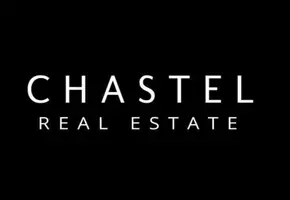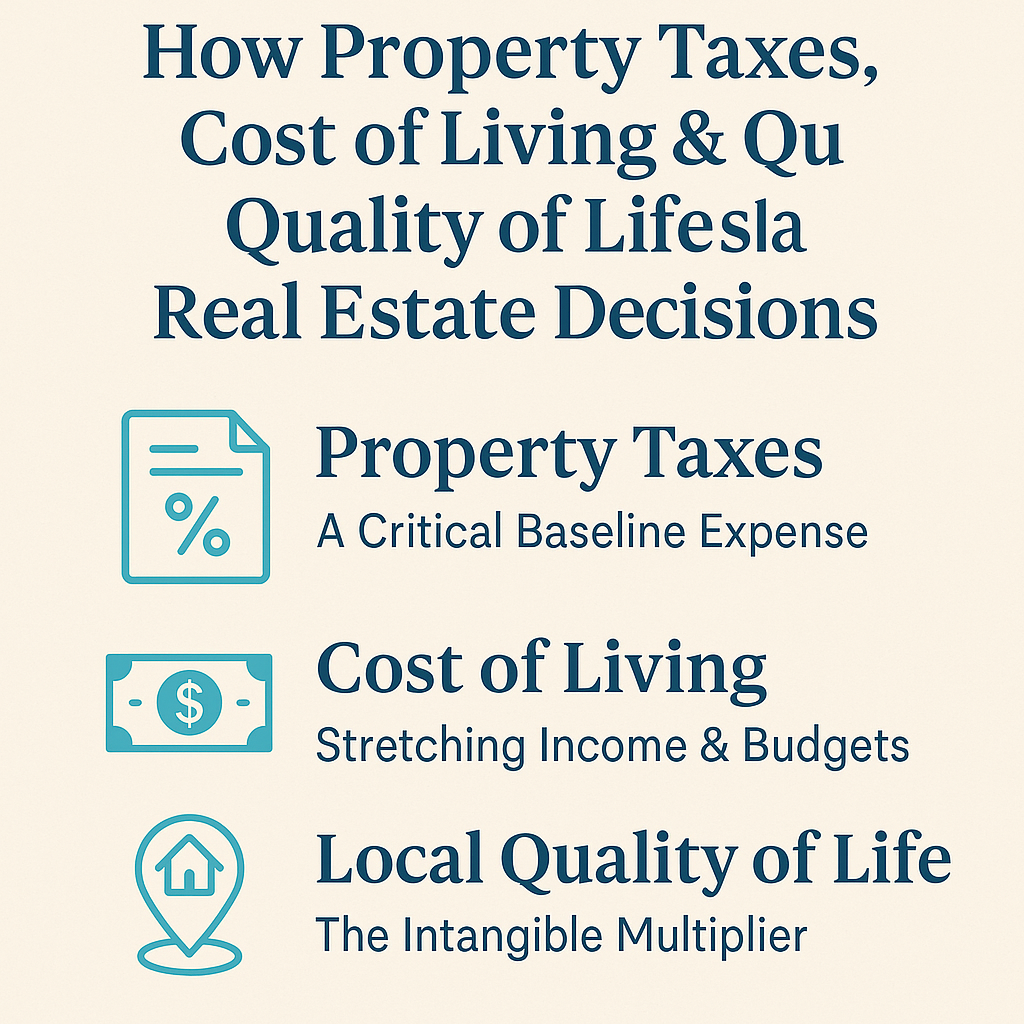How Property Taxes, Cost of Living & Quality of Life Shape Real Estate Decisions in Portland
When people ask me, “Lisa, what really drives someone’s decision to buy or sell in Portland right now?” my answer always comes back to three interlinked forces: property taxes, cost of living, and local quality of life. Here’s how each factor is shifting behavior — and what that means for buyers, sellers, and investors in Portland.
1. Property Taxes: A Critical Baseline Expense
-
Portland’s combined property tax rates hover around 1.08 % of assessed value in many parts of Multnomah County.
-
But here’s where it gets tricky: under Oregon’s Measure 50 (and earlier laws), assessed values (and thus tax liability) can only grow by up to 3 % per year, unless there’s major renovation or reassessment.
-
Also, “compression” and caps on school vs. municipal levies can result in two homes with similar market value paying different taxes.
-
So what? Buyers or investors often have to dig into the tax history of a property, not just the list price. Long-time owners sometimes benefit from artificially low assessments, making those homes more attractive (even if the market value has soared).
2. Cost of Living: Stretching Income & Budgets
-
Portland’s median home price is now in the $500,000+ range, making housing the lion’s share of cost burden.
-
Monthly utilities, maintenance, transportation, and insurance further erode affordability.
-
Because Oregon has no sales tax, some residents see that as a small offset.
-
However, Portland also has some of the highest marginal income tax burdens when local and metro taxes are factored in.
-
So what? The “all-in” cost of living often limits how much homebuyers can stretch for monthly housing payments. Sellers pricing aggressively can lose out if buyers balk at total affordability, not just mortgage payments.
3. Local Quality of Life: The Intangible Multiplier
-
Neighborhood amenities — walkability, parks, transit connections, school quality — have become key differentiators in Portland’s market.
-
Buyers are increasingly weighing not just where a house is, but how easy life is there (commutes, safety, access to nature).
-
Rising home insurance costs (due to climate and risk factors) are also creeping into the decision calculus.
-
So what? Properties in “nice but inconvenient” zones may face longer time on market unless pricing or upgrades compensate. Conversely, homes in well-served neighborhoods command premium pricing and buyer demand.
Bottom Line for Buyers, Sellers & Investors
-
For a buyer, drilling into a property’s tax history, future levy outlooks, and cost of living assumptions is just as crucial as curb appeal.
-
For a seller, positioning your home in a high-quality neighborhood or upgrading smartly (e.g. energy efficiency, safety) can unlock more buyer interest — but be careful: heavy remodels can trigger reassessment.
-
For an investor, cash flow calculations must incorporate property taxes, insurance, vacancy risk, and the tradeoffs between location rents and costs.
If you're exploring Portland real estate and want to run custom scenarios around taxes, cost of living, or neighborhood value — I’d be honored to help.
— Lisa Mehlhoff Homes | Portland Realtor
(P.S. you don’t care about these numbers unless they impact your offer, your profits, or your monthly comfort. That’s what I track for you.)
Categories
Recent Posts

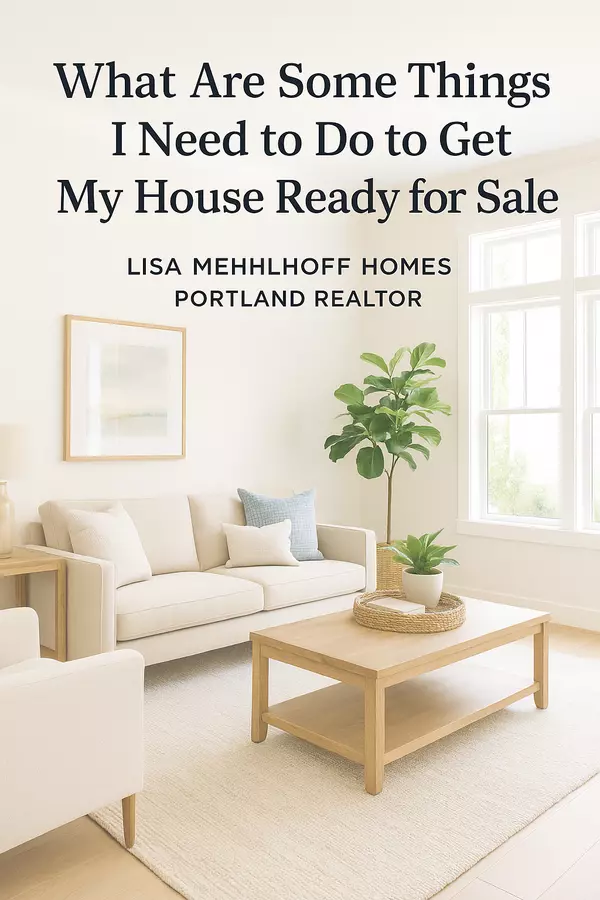
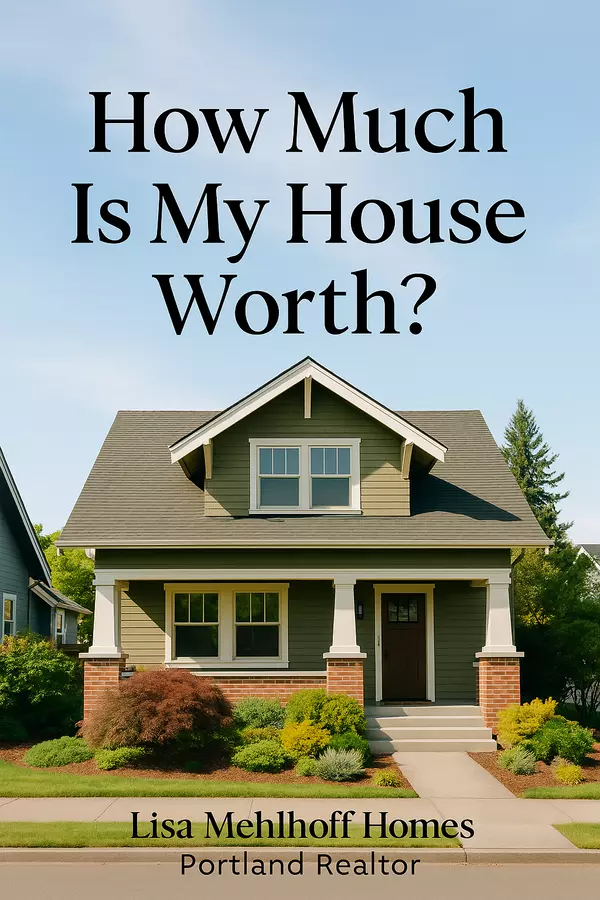


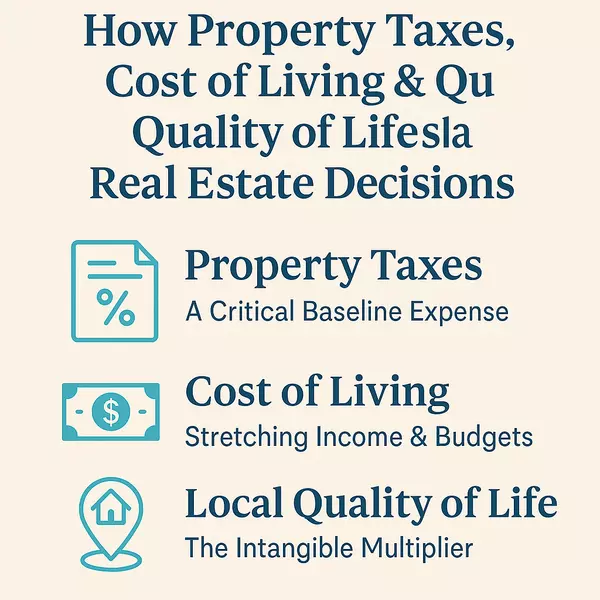
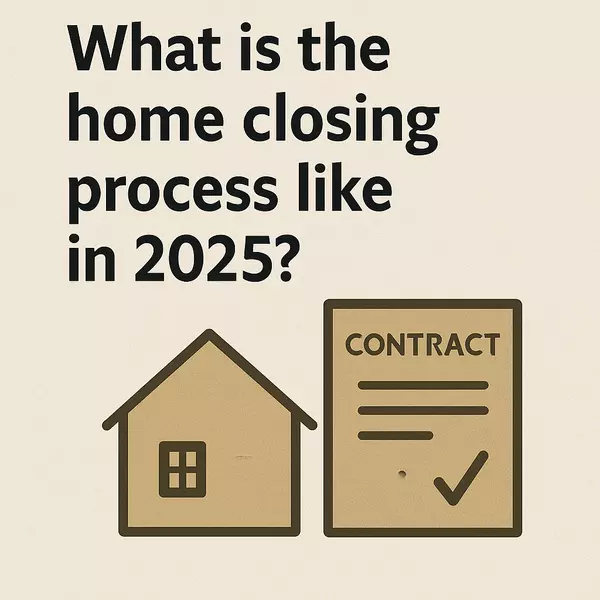
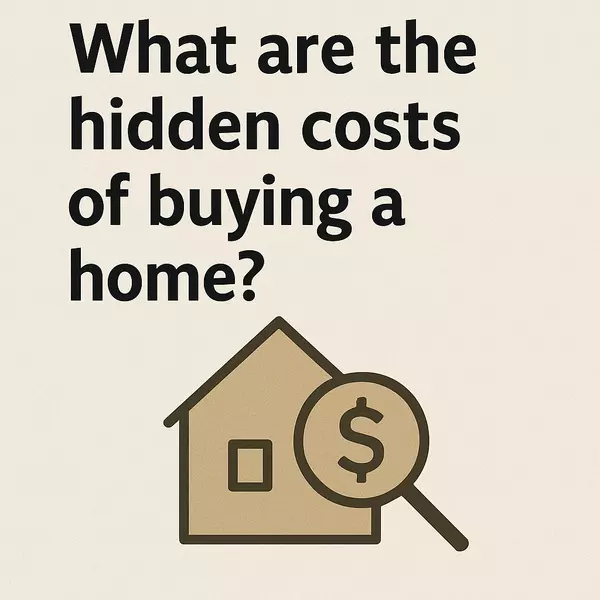
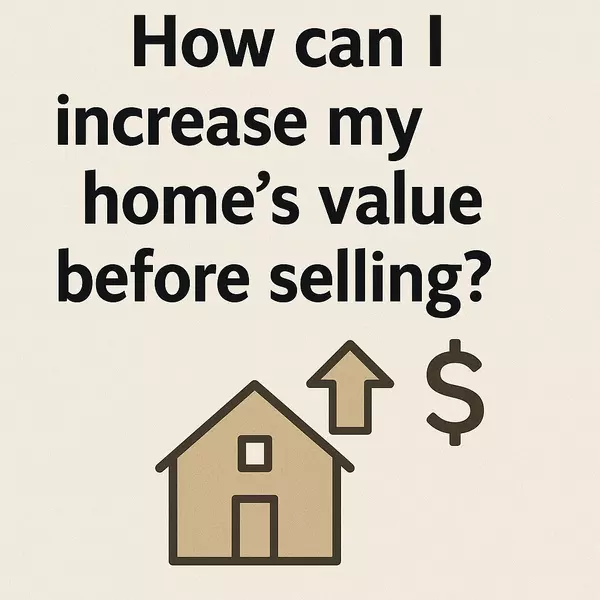
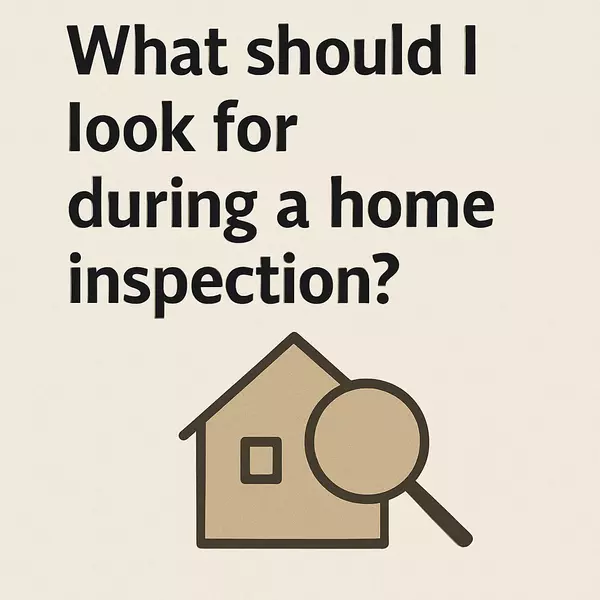

"My job is to find and attract mastery-based agents to the office, protect the culture, and make sure everyone is happy! "
